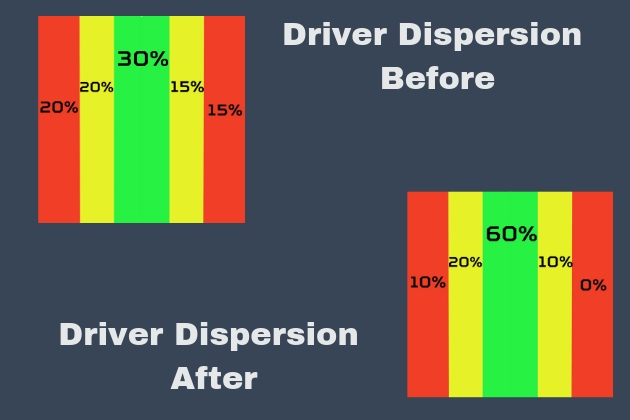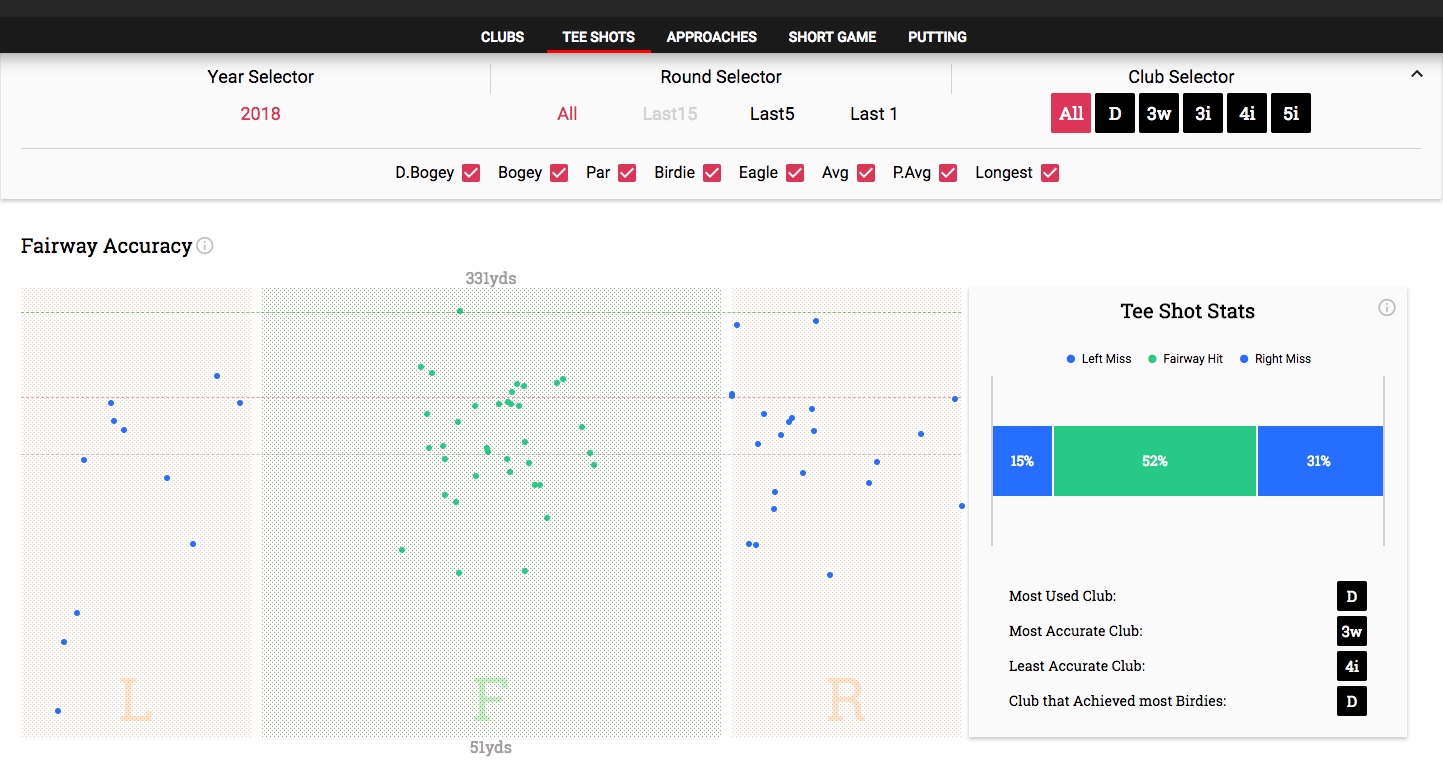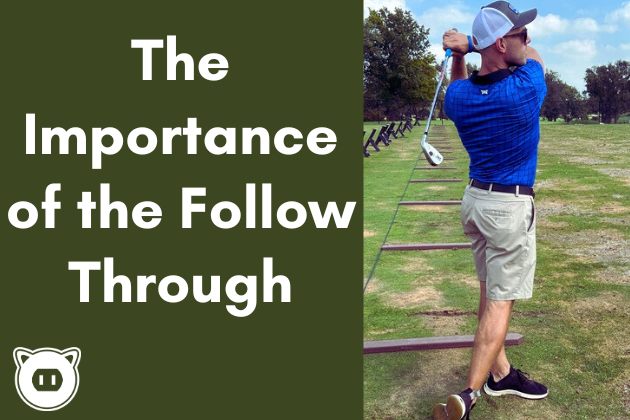Difficult Questions
Are you getting better? How do you know?
These seem like simple questions, however in the world of golf, they’re anything but. And the difficulty in answering these questions is why so many golfers are endlessly chasing that “miracle tip” that will “change their game forever.”
In this lesson, I’m going to discuss what getting better at golf really looks like, how to measure it, and the key to long term improvement.
This Lesson Is For You If:
You’re practicing but not sure you’re improving
You’re not sure if your swing changes are helping
What Improvement Isn’t
Improving at golf is not “taking the left side out of play.” Every golfer hits the occasional hook or slice, top or fat.
Improving at golf doesn’t mean you’ll never shoot over 80 or 90 or 100 again. Look at the best players in the world: one day they shoot 63, the next day they might shoot 75.
Improving at golf doesn’t mean you’ll never miss another 3 foot putt or that you will get up and down from every bunker.
What Improvement Is
Improving at golf is making your best shots a little better, making your worst shots a little more acceptable, and hitting slightly more of the former and fewer of the latter.
Golf has a wide variance. As I mentioned above, the best players in the world see their scores go up and down from day to day. They hit world class shots followed by stinkers. As recreational players, our variance is even higher, and we need to accept that we’re never going to eliminate poor shots or high scores.
How to Measure Improvement
To know if you’re improving you need data, and a lot of it. The easiest way to collect the data you need is with a shot tracker like Shot Scope.
The reason that I prefer a GPS-based shot tracker over pencil and paper is that it allows for more granular data. You can write down “Missed Fairway” on your scorecard, but a GPS system can tell you exactly how far offline the shot was. The “Missed Fairway” alone may keep you from seeing significant improvement. If you miss five fairways by a total of fifteen yards, that’s great driving. If you miss five fairways by a total of 100 yards, that’s a lot of lost golf balls.
Finally, you need patience. Especially as you get better, improvement comes slowly and is hard to see. A swing change may improve your driving by 10%, but if you’re shooting in the 70s, that’s not going to translate to radically lower scores. It may not even translate to huge distance gains or a jump in fairways hit. However, if you track your data for a month or a season, you may see that you’re taking fewer penalties, hitting fewer shots OB, hitting more GIRs, and that will let you know you’re on the right track.
He founded Plugged In Golf in 2013 with the goal of helping all golfers play better and enjoy the game more.
Matt lives in the northwest suburbs of Chicago with his wife and two daughters.
- Performance Golf Click Stick Training Aid Review - October 18, 2024
- Callaway Opus Platinum Wedge Review - October 17, 2024
- When to Take a Break from Golf - October 15, 2024


















4 Comments
Good article! I use Shot Scope also. My biggest problem is that I get some much data and stats from this program that I don’t really know the best way to use this info. How exactly do you use these stats to work on a specific part of your game. Life would be easier if Shot Scope included something like a strokes gained section so you could work on the worst part of your game.
Kevin,
While it’s not as scientific as strokes gained, I would simply try to figure out where you’re losing strokes. Are you hitting drives into hazards, not hitting any greens, taking two chips to get on the green, three putting?
Best,
Matt
Great article, thank you!! One thing that really helped me improve and break 90 on a consistent basis was using a GPS. I have always had trouble with correct yardage and now hit GIR at around 50% which for me is a huge improvement!
Hi Matt, I’m with Kevin (above, 1st comment). I use Shot Scope also, and there’s so much data, it’s tough to know where I need work, and where I don’t. That said, Shot Scope has been great in seeing specific things, like how often I use my SW vs my PW (that helped me shift to lower lofted clubs for chipping). Thanks for your article–it’s spot on. J